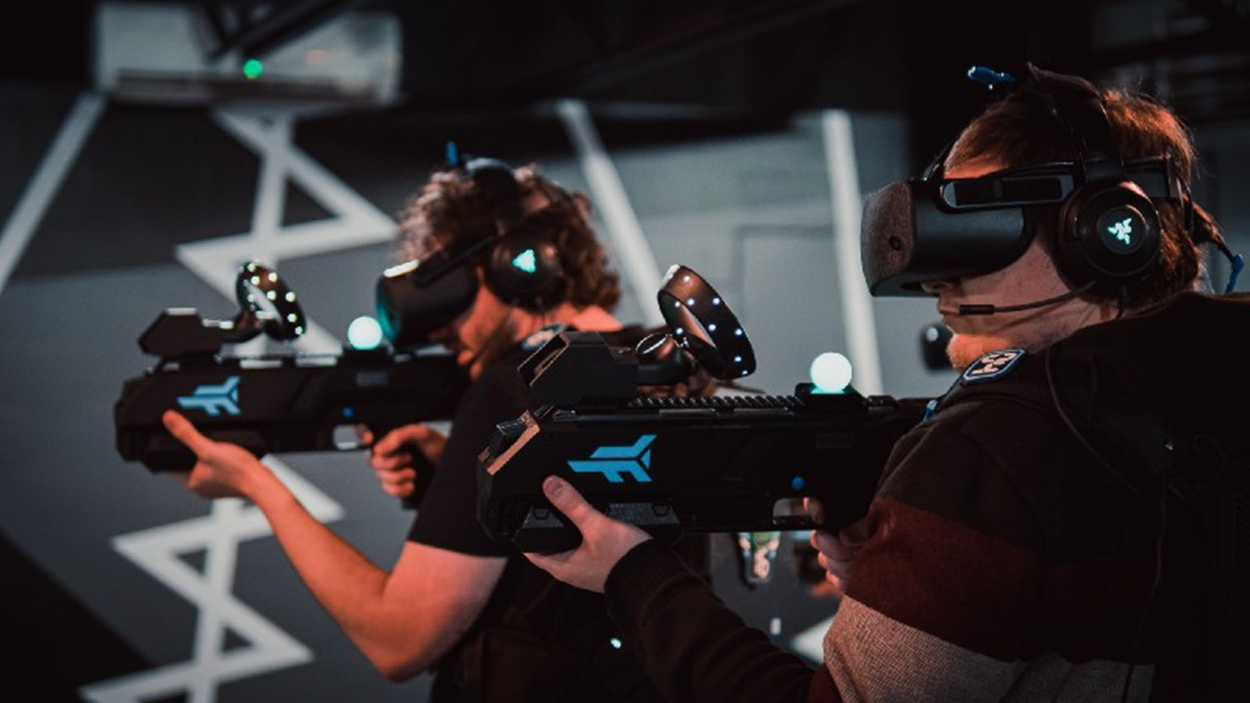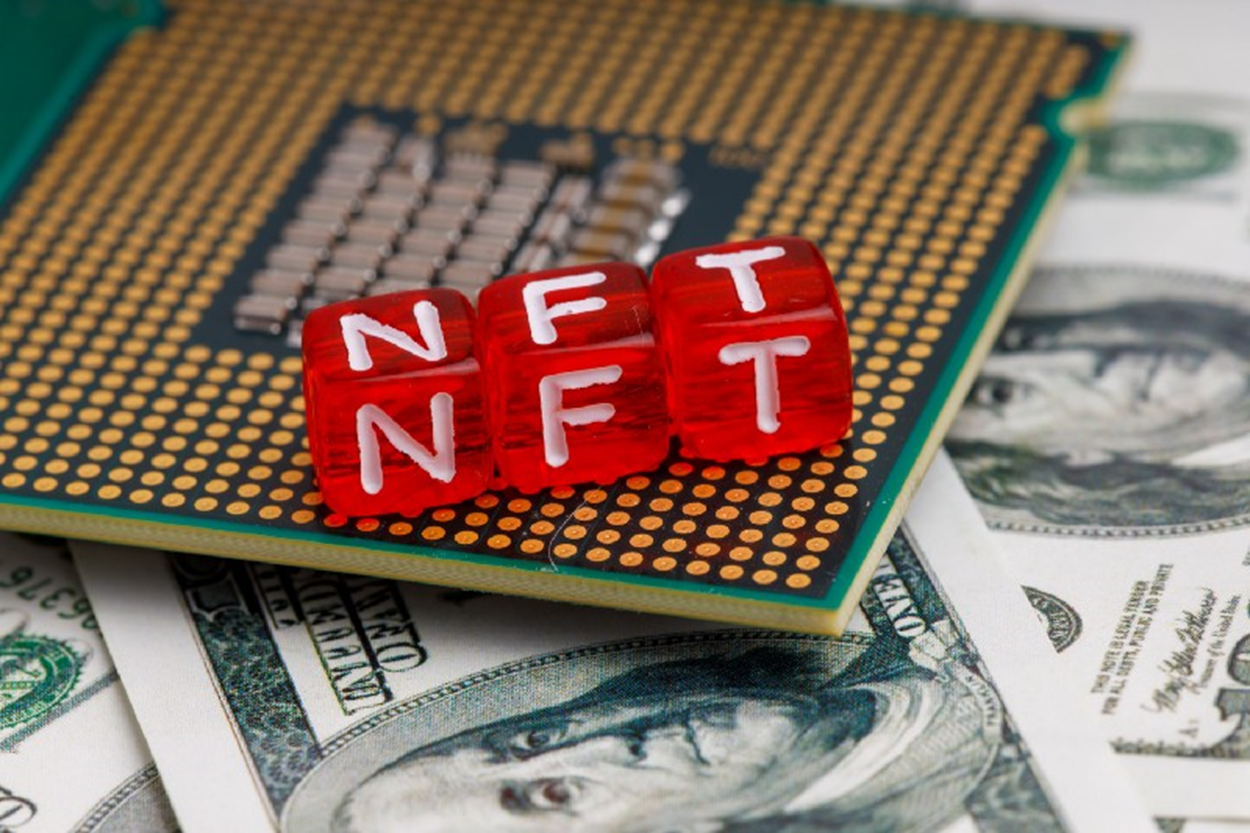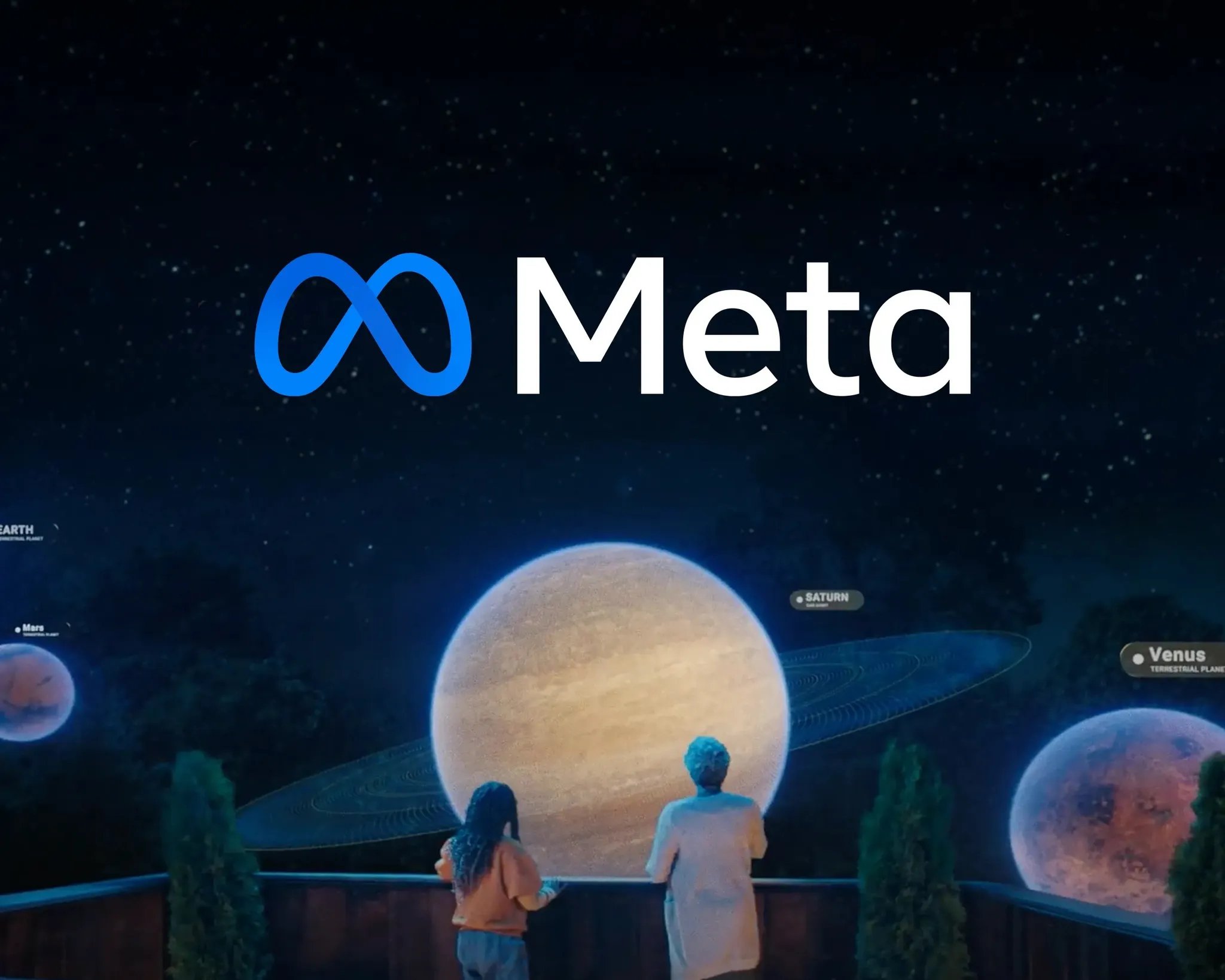Introduction
The role of Metaverse and NFTs for supporting virtual ownership of assets is becoming more critical in the media and entertainment industry. With the growth of online streaming services, there is a greater demand for digital assets owned and traded. NFTs provide a secure way to track and transfer these assets, and early metaverse adoption is well-suited for the industry. As a result of Covid-19 and its aftermath, consumers’ behavioural changes in the media and entertainment sector are evident. The businesses must adopt these technologies to secure the market share and gain a competitive advantage. Metaverse fulfills these requirements by providing verifiable NFTs for digital asset ownership. This post explores Metaverse and NFT’s role in the virtual ownership of digital assets.
1. New digital normal for media and entertainment industry
Media and entertainment studies have traditionally focused on producing, distributing, or consuming certain content. However, in recent years scholars have begun to examine the industry through the lens of blockchain technology. Blockchain can track copyrights and licensing rights for creative works, sell digital content, manage online subscription services, and even distribute royalties to artists. NFTs technology is a disruptive force that can provide new revenue streams for content creators, open up new markets, and even decentralize the industry — with implications for copyright law and antitrust regulation.
The rise of virtual reality and augmented reality provides new opportunities as consumers now seek more immersive experiences. Companies are looking to adopt Metaverse that can take advantage of these technologies. VR and AR offer a way to immerse viewers in a story or game and allow them to interact with digital assets more realistically. It also provides new opportunities for advertisers and marketers to use VR and AR to create more immersive campaigns.

Increased media and entertainment consumption was recorded in response to COVID-19, variants and surges. People continued to seek more news in 2021, indicating that the epidemic has merely exacerbated previous trends toward a digital existence. This has led to increased streaming services, social media platforms, and E-sports. In 2021, VR/AR revenues were US$5.8 billion, representing an increase of more than 67% over the previous year. Metaverse and NFT for digital assets allow users to register, trade, and circulate various digital assets. In terms of user, experience Metaverse is seen as highly accessible due to its simple wallet setup, which can be done even with smartphones.
2. The role of NFTs
NFTs are digital items that people can buy, sell, or trade. NFTs may take the form of in-game items or crypt currencies, depending on their intended use. Each NFT is unique because it has a specific owner, and there is only one in existence at any given time. Some NFTs are limited edition collectibles, while others can access certain features. As an incentive to maintain the blockchain’s accuracy, NFTs can be traded to other members, but only under certain conditions. This means that NFT’s owners have a financial interest in keeping the blockchain accurate and preventing fraud.
NFTs also provide a high degree of transparency by recording important information about each token on the blockchain. As a result, buyers can verify whether an item is a limited edition or a forgery. This may also help with copyright enforcement, as owners will have evidence of when a particular item was created, edited or sold.
NFTs can also help to make the media industry shoppable. Media companies can create and trade digital assets on the Metaverse platform, which allows for an additional revenue stream. Viewers can buy limited-edition virtual items that they can later sell or gift to others in the community. This benefits creators by creating a new revenue stream from their work.

With these features, NFTs add a new dimension to virtual entertainment by creating a shared community that can track, govern, and trade digital assets. Viewers can buy limited-edition virtual items that they can later sell or gift to others in the community. This benefits creators by creating a new revenue stream from their work. NFTs are becoming an increasingly important tool for the media and entertainment industry. They provide a secure way to track and transfer digital assets, and early metaverse adoption is well-suited for the industry.
3. Metaverse and the media industry
Metaverse is a decentralized platform based on blockchain technology that facilitates transactions in digital assets. A user can create an avatar and use a simple username to interact with other users through the Metaverse wallet. The infrastructure also allows for messaging, notifications, rating systems, and reputation management. The platform includes other features that can help streamline transactions as it allows content creators to maintain rights over their work while still having a chance at earning money from each sale or trade of the NFTs.
Metaverse is well-suited for the media industry, as it offers a secure and user-friendly platform for creating and managing digital assets. The open-source technology is compatible with several NFTs such as Cryptokitty, Cryptogoods and Crypto All-Stars, which will enable it to stay relevant in the media and entertainment industry. Several recent developments indicate that Metaverse may soon become a leader in the NFTs industry. Blockchain gaming is one of the fastest-growing applications of blockchain technology, with mainstream games such as “Cefiro” and “Eggs of Dragon City” already using NFTs. Blockchain technology can distribute digital content, as demonstrated by Metaverse’s partnership with Lightinthebox — China’s leading online retailer for imported products.
4. Metaverse adoption for media and entertainment
Recently Japan’s largest bank — MUFG — announced it would test out Metaverse blockchain technology as part of a proof-of-concept project with a significant Ai media company called Transcosmos. The bank will use Metaverse to trace content rights. At the same time, Transcosmos would provide the copyright information and data of the media content, which is securely stored on the Metaverse blockchain. The project aims to develop a platform where content creators can securely share and manage digital assets, such as writing scripts and other intellectual property.
Another use case for NFTs comes from Redmoon, which allows social influencers to create online stores with Metaverse technology. This enables the influencers to sell limited-edition items tracked by the blockchain. This is expected to help boost sales by creating scarcity among virtual goods. The partnership with Cross Corporation also demonstrates that MVs will provide transparency for media companies to keep accurate records of transactions on their blockchain ledger.
Metaverse has also allied with Cryptokitty, the world’s third most valuable crypto kitty at $140,000, according to Kitty Sales Index (KSI). It is expected that this partnership would enable all virtual goods created on the Ethereum blockchain to be listed on both platforms.
Establishing partnerships with various crypto projects signifies that Metaverse may soon become the de facto ecosystem for NFT transactions. As more of these initiatives come online, MVs will likely become preferred mediums of exchange for virtual goods. Since last year, Metaverse-based partnerships have become popular, seeking a decentralized global marketplace where users can buy and sell assets in different cryptocurrencies with Metaverse’s wallet.
5. Novel revenue streams through Metaverse and NFTs
Metaverse’s compatibility with NFTs means that media companies can create and trade digital assets on the platform. This adds a revenue stream for the company, as they can sell limited-edition virtual items to subscribers of their content. Early adopters who buy these rare items will also benefit by reselling them at a higher price or gifting them to others in the community.

Digital content creators will also benefit from the advantages offered by Metaverse’s blockchain technology and its compatibility with NFTs. Content creators can receive instant payments for each sale or trade of their virtual assets. Their works are protected by smart contracts and data stored on Metaverse, preventing unauthorized access and copying. Content marketers would also find it easier to comply with regulatory requirements (KYC) when working with brands. These benefits can help streamline digital transactions while reducing costs for all users in the process.
In conclusion, decentralized virtual entertainment that uses NFTs has created a shared community that tracks, governs, and trades digital assets. The media industry should use this platform as it helps create a new revenue stream with ease. It would also allow the content creators to benefit more by receiving payment instantly for each sale of their digital assets while protecting them using smart contracts on a decentralized platform.



